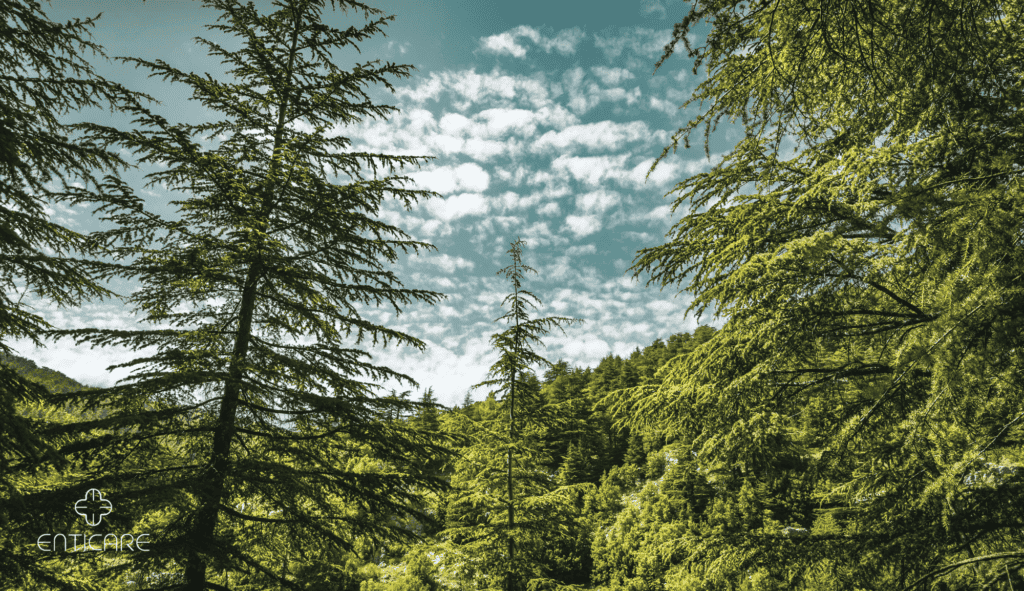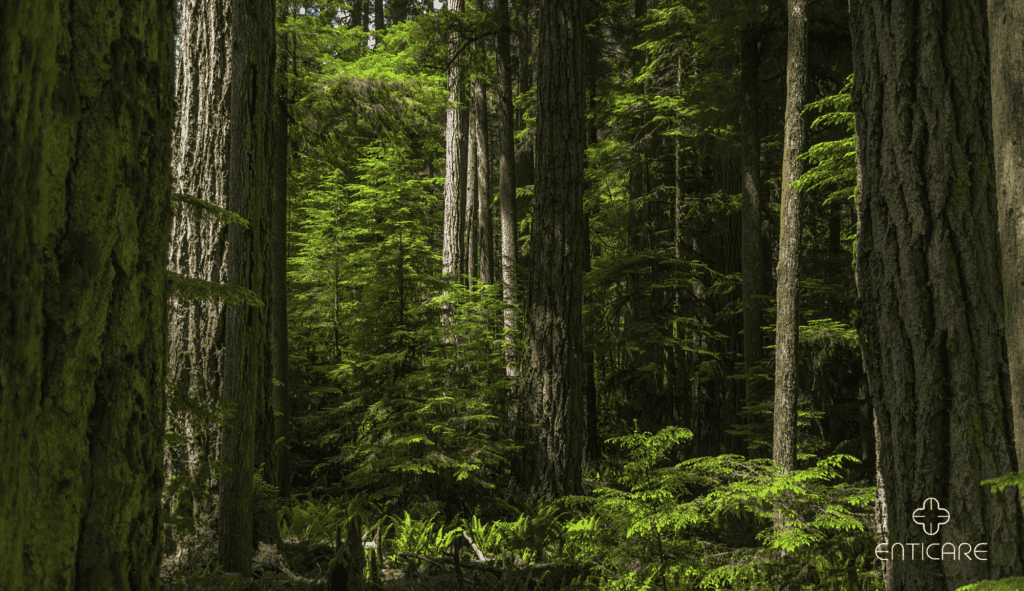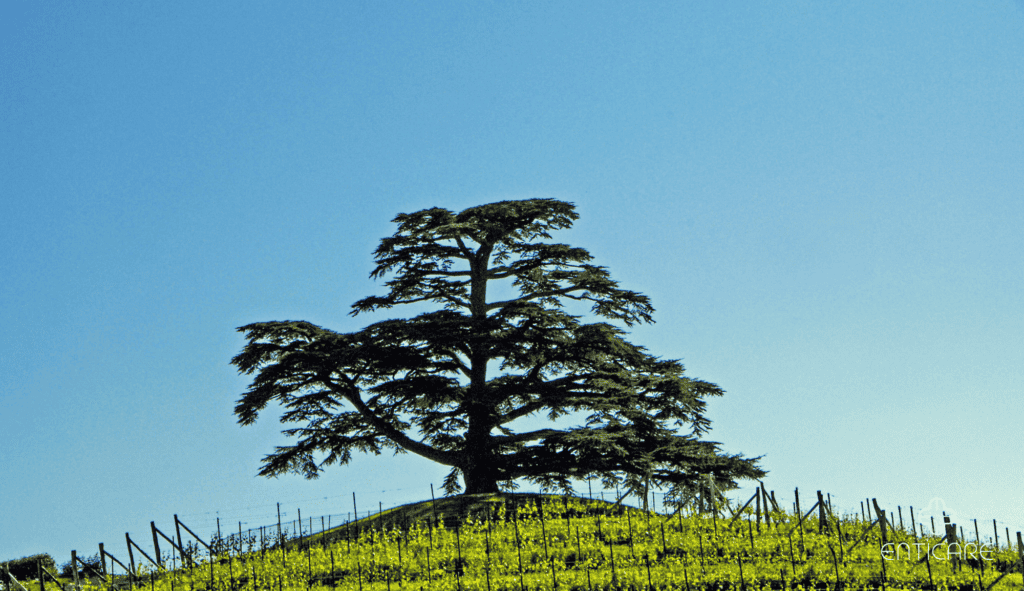
The crisp winter air beckons us outdoors, promising invigorating walks and scenic landscapes. But for some individuals in North America, this seemingly idyllic season can bring unexpected discomfort. The culprit? Cedar Mountain allergies, triggered by the potent pollen of the Ashe juniper, commonly known as mountain cedar.
Native to the Texas Hill Country and surrounding regions, the Ashe juniper thrives in various environments, from rocky hillsides to woodlands. While visually appealing, this evergreen tree harbors a hidden secret – its wind-borne pollen triggers severe allergies in many individuals, particularly during the winter months.
The Ashe juniper, responsible for Cedar Mountain allergies, holds a long and fascinating history in North America. Fossil records indicate its presence dating back millions of years, withstanding the changing landscapes of the continent. Today, it thrives in various regions, particularly:
Texas Hill Country
This region in central Texas boasts the highest concentration of Ashe juniper trees, making it the epicenter of Cedar Mountain allergies.
Oklahoma
The southern regions of Oklahoma also harbor significant populations of Ashe juniper, contributing to allergy concerns.
Parts of Mexico and Japan
Although less widespread, the Ashe juniper can be found in specific areas of these countries, prompting similar allergy concerns.

Exploring the Unique Season
Unlike most seasonal allergies triggered by spring pollen, Cedar Mountain allergies manifest during the winter months. Typically, the peak season occurs from December to February, with fluctuations based on weather conditions. This unique timeframe, coinciding with the holiday season, can pose particular challenges for individuals with this allergy.
Discovering the Symptoms
Cedar Mountain allergies can trigger a wide range of symptoms, often mimicking those of other respiratory illnesses. Here are some key signs to watch out for:
Hay fever
This includes symptoms like runny nose, sneezing, itchy and watery eyes, and congestion.
Sinus issues
Facial pressure, headaches, and postnasal drip can occur.
Respiratory problems
Coughing, wheezing, and difficulty breathing might be experienced in severe cases.
Skin reactions
Hives, rashes, or eczema can develop in some individuals.

Managing Cedar Mountain Allergies
If you suspect you might have Cedar Mountain allergies, consulting a healthcare professional is crucial for proper diagnosis and personalized management strategies. Here are some general tips to navigate this allergy effectively:
Minimize exposure
During peak season, stay indoors when pollen counts are high, keep windows closed, and use air purifiers at home.
Medication
Antihistamines and nasal corticosteroids, as prescribed by your doctor, can help alleviate allergy symptoms.
Allergy shots (immunotherapy)
In some cases, allergy shots might be recommended by your doctor to desensitize your immune system to the pollen over time.
By understanding the origins, unique seasonality, and potential risks, you can navigate the winter months with confidence and manage your health effectively. Take the first step towards better health. Explore your treatment options with Enticare. Call us at 480-214-9000!

